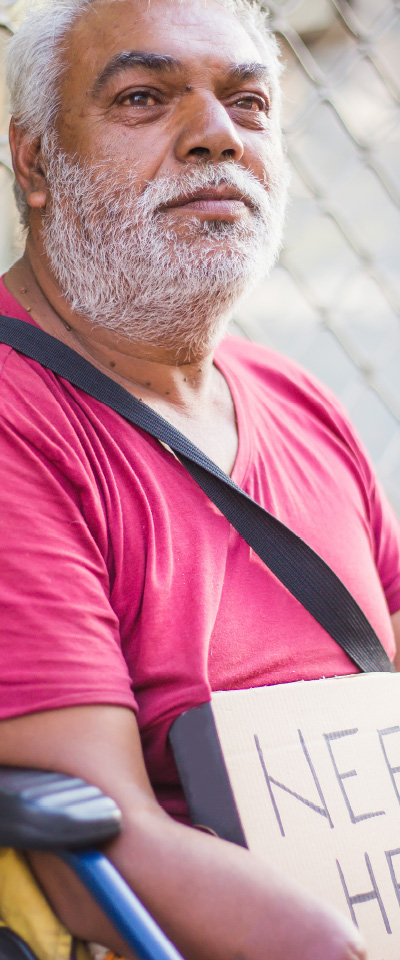This case study looks at collective efforts in Santa Clara County, California. Home to Silicon Valley, the region is often characterized by significant affluence and innovation, but also one of the largest homeless populations in the U.S.
Homelessness is the most visible sign of our collective failure to provide the housing infrastructure necessary to support the lowest-income members of our community. No one person, organization or government agency is either responsible for, or capable of, addressing homelessness on its own.




Successful collective impactA concept first introduced in the Stanford Social Innovation Review in 2011, collective impact is a framework for deep and sustained collaboration between actors from different sectors to solve a specific social problem. Successful collective impact initiatives include a common agenda, shared measurement systems, mutually reinforcing activities, continuous communication, and backbone support organizations. initiatives include a common agenda, shared measurement systems, mutually reinforcing activities, continuous communication, and backbone support organizations.
Guided by this framework for more than a decade, committed public, private, and nonprofit leaders have collaborated to entirely transform the system of care for homeless individuals and families across the county.
While there’s still a long way to go, our collective efforts have already secured safe and affordable housingSubsidized housing where rents are set at a below-market rate based on the tenant’s income. There are many different types of affordable housing — units are typically designated based on a tenant’s income level (i.e., low-income vs. extremely low-income) and certain types of affordable housing may also be reserved for a specific demographic (i.e., seniors or veterans). Deeply affordable housing refers to developments or units where rents are kept particularly low and are intended to serve the lowest-income residents in the community. for tens of thousands of our homeless neighbors.
SUCCESS TO DATE
HOW OUR WORK HAS EVOLVED

Grappling with both an increase in homelessness and fragmented countywide response to the challenge, it was clear that a new roadmap was needed to end homelessness, rather than just manage it. A collective impact model is born, uniting a wide array of stakeholders around shared strategies to end and prevent homelessness in Santa Clara County.

Engaged around a shared mission, the collective work to solve homelessness in Silicon Valley truly begins. Informed by research and guided by clear objectives and metrics, the coalition spearheads key initiatives providing valuable proof points and laying the foundation for future victories.

With a strategic plan in place and some early successes, the Coalition doubles down on its efforts, deeping its work and raising significant funding to begin scaling its strategies – particularly around deeply affordable housing production and homelessness prevention – all while concurrently deepening its commitment to centering lived experience.

Leveraging a decade of collaboration and an effective homelessness prevention system, local leaders took action just days into the COVID-19 pandemic to establish the nation’s first COVID rental assistance fund, ultimately deploying $85 million to nearly 20,000 households. Revealing deep inequities, the pandemic underlined the need to address the root causes of homelessness and informed an updated roadmap to guide bold collective action in the years ahead.

More than 25,000 people have been permanently housed and roughly 7,000 new affordable homes are open or are under construction, but this coalition’s work is far from done. Our housing affordability crisis remains entrenched, pushing more households into homelessness each day and calling for sustained funding and innovation in how we tackle the systemic challenges exacerbating the crisis in our community.
By documenting progress so far — including challenges and lessons learned along the way — we hope to encourage others to take bold systems-level action to end and prevent homelessness. Our experiences so far tell us that, while complex, this crisis is solvable, and that promise drives us forward.
Thank you to the many coalition partners who have played a vital role in our collective successes and innovations. This journey is far from over, and we’re grateful to be on it together.


